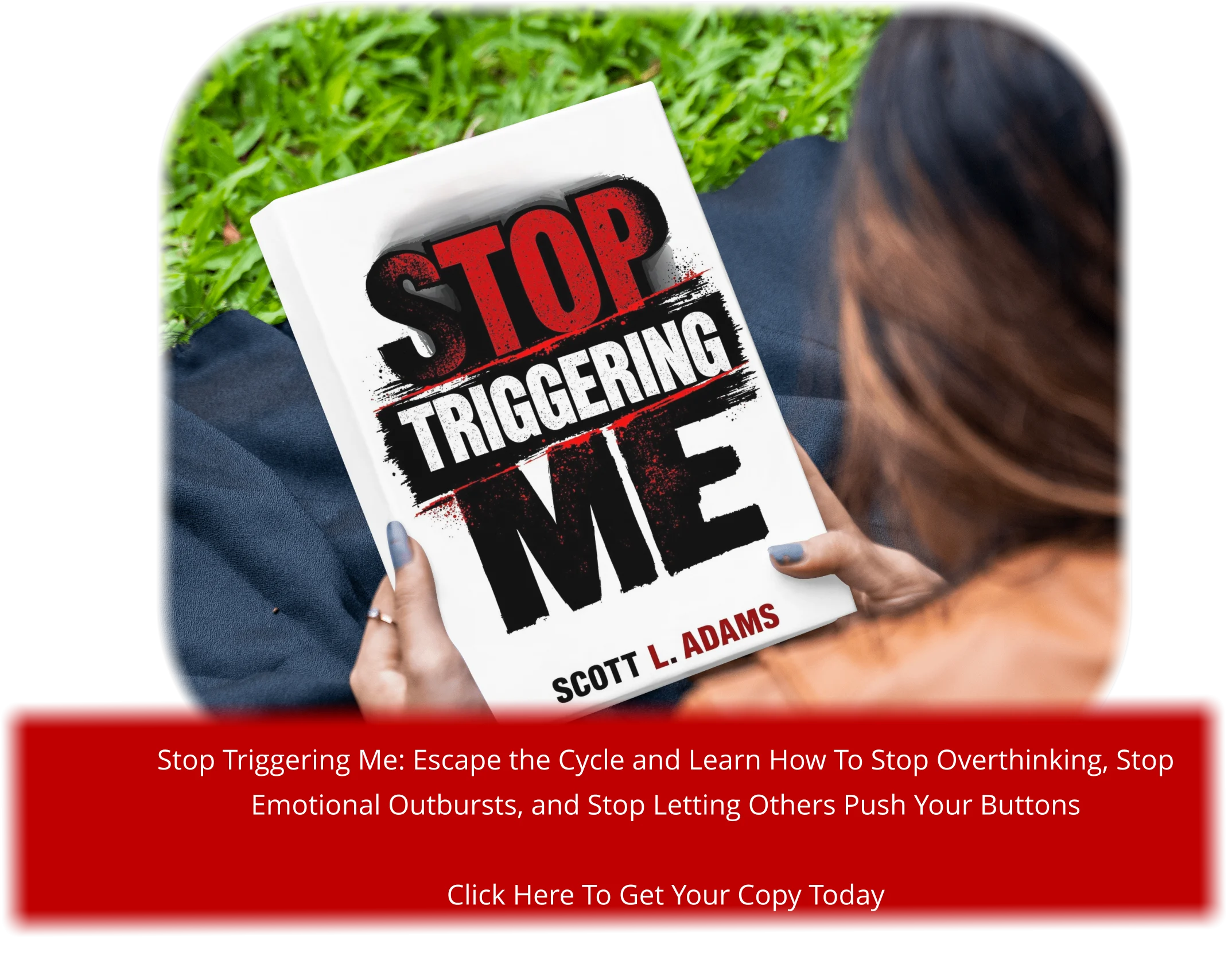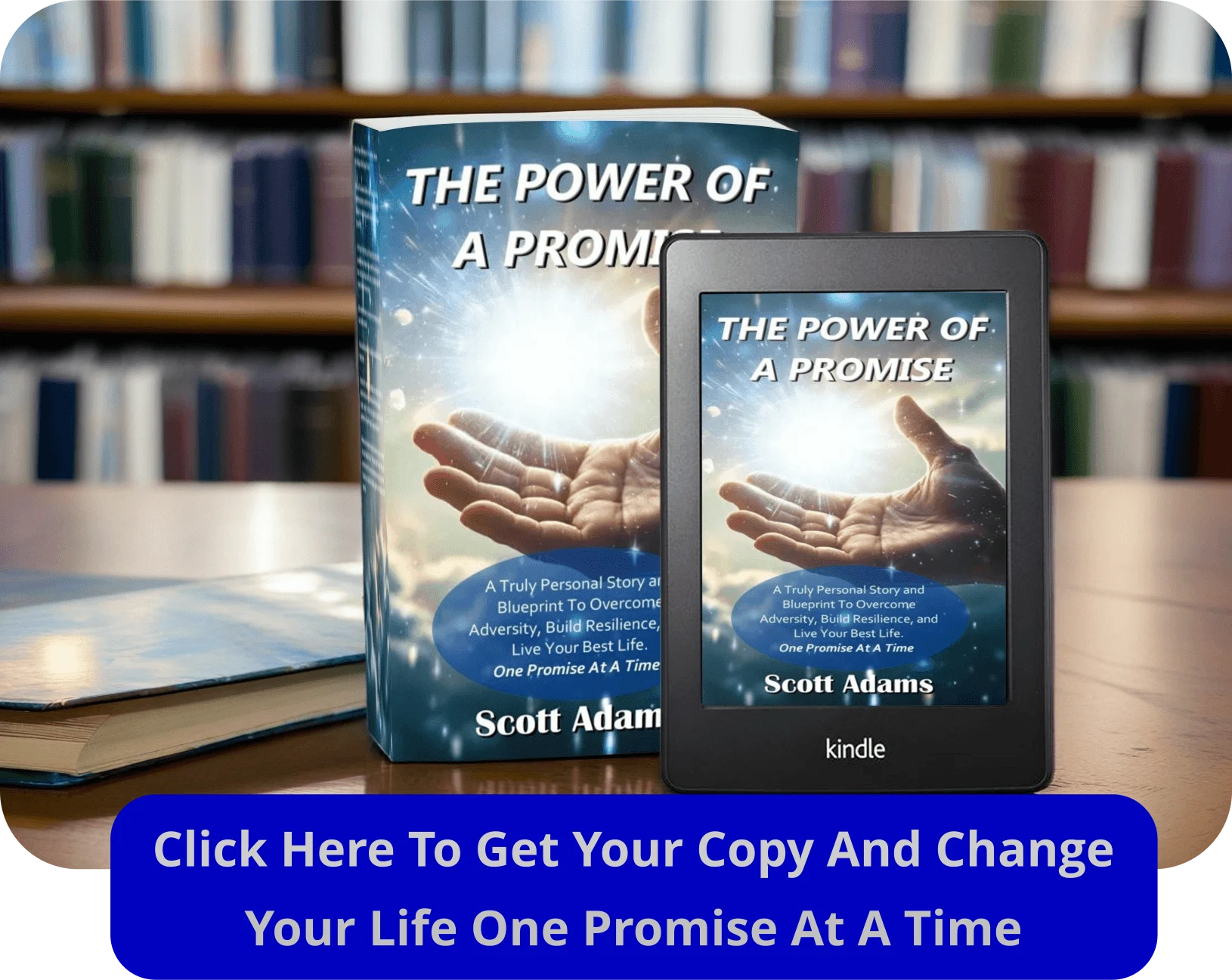There was a time when I felt like every little thing in life had the power to knock me off balance. A harsh word from a colleague, a missed deadline, or even a casual comment from a friend could send me spiraling. I realized I needed a way to protect my mental health without shutting down completely. That’s when I discovered the concept of emotional detachment.
Emotional detachment isn’t about being cold or indifferent. It’s about creating healthy boundaries so you can respond to life’s challenges with clarity and calm. For me, it became a tool to manage stress and maintain my well-being, especially in difficult relationships1.
This approach can be both a protective mechanism and a symptom of deeper issues. While it helps reduce vulnerability to toxic behaviors, it can also limit our ability to connect with others. Understanding this balance is key to using detachment in a way that supports your health and relationships2.
Key Takeaways
- Emotional detachment can protect mental health by reducing vulnerability to stress and toxic relationships.
- It’s not about being indifferent but about creating healthy boundaries.
- Detachment can help you respond to challenges with clarity and calm.
- It’s important to balance detachment with meaningful connections.
- Understanding the role of detachment can improve overall well-being.
Understanding Emotional Detachment and Its Impact on Mental Health
Life felt overwhelming, and I struggled to keep my emotions in check. I realized I needed a better way to handle stress and maintain my mental health. That’s when I began to explore the concept of emotional detachment. It’s not about shutting down or avoiding feelings—it’s about creating space to respond thoughtfully instead of reacting impulsively.
Definition and Meaning
Emotional detachment refers to a state where you’re disconnected from your feelings or the feelings of others. It can be a protective mechanism, helping you avoid being overwhelmed by stress or toxic situations. However, it can also lead to challenges in relationships and daily life if not managed properly.
For example, studies show that about 40% of individuals experiencing trauma or abuse use detachment as a coping mechanism3. While it can provide temporary relief, chronic detachment can hinder your ability to connect with others and fully experience life.
Recognizing Emotional Detachment in Daily Life
It’s important to recognize the signs of detachment early. You might notice difficulty empathizing with others or feeling numb during emotional situations. These behaviors can impact your relationships and overall well-being.
Research indicates that 60% of people who experience detachment report difficulties in maintaining personal connections3. This can lead to feelings of isolation and a decline in relationship satisfaction. Recognizing these patterns is the first step toward addressing them and finding a healthier balance.
Understanding emotional detachment and its impact can help you regain control over your feelings and improve your mental health. It’s not about avoiding emotions—it’s about managing them in a way that supports your well-being.
Causes of Emotional Detachment
Sometimes, the weight of past experiences can shape how we handle emotions today. I’ve seen how certain events, especially traumatic ones, can leave lasting marks. These marks often lead to behaviors like pulling away from feelings or relationships. Understanding these causes can help us address the root of the issue.
Past Experiences and Trauma
Trauma, whether from childhood or later in life, is a major cause of feeling disconnected. Studies show that exposure to traumatic events, like abuse or neglect, often leads to coping mechanisms such as withdrawal4. For example, about 70% of individuals with PTSD report experiencing this symptom5.
I’ve learned that these experiences can make it hard to trust or connect with others. It’s not about avoiding emotions but protecting yourself from pain. Recognizing this pattern is the first step toward healing.
Mental Health Conditions and Medication Side Effects
Certain mental health conditions, like depression or bipolar disorder, can also contribute to feeling numb. Research indicates that up to 45% of individuals with these conditions exhibit signs of withdrawal5. Additionally, medications like SSRIs are known to cause similar effects as a side effect6.
Stress and challenging life events can also trigger this behavior. Chronic stress, for instance, leads to withdrawal in about 40% of individuals5. Understanding these causes can help you seek the right treatment and support.
By addressing these underlying issues, you can start to rebuild your emotional connections and improve your well-being.
Emotional Detachment as a Coping Mechanism
At one point, I found myself shutting down whenever life got too intense. It felt like the only way to survive the chaos. Over time, I realized this was a coping mechanism—a way to protect myself from overwhelming situations. But I also noticed it could become a barrier to meaningful connection.
Detachment can be a natural response to high-stress situations. For example, many people use it to manage trauma or chronic stress7. It’s like hitting a pause button on your feelings to regain control. But when overused, it can turn into a habit that keeps you from fully engaging with life.
Protective Strategy vs. Problematic Behavior
There’s a fine line between using detachment as a protective step and letting it interfere with your well-being. For instance, I’ve seen how it can help children in traumatic environments feel safer7. But if it becomes a long-term strategy, it can hinder emotional growth and relationships.
I’ve also experienced moments when detachment served me well. During a particularly stressful period at work, it helped me stay focused and calm. But I later realized it was keeping me from addressing the root of my stress. That’s when I knew I needed to reevaluate my approach.
- Detachment can be a temporary shield in overwhelming situations.
- Overuse can lead to isolation and difficulty forming connections.
- It’s important to recognize when it’s becoming a long-term hindrance.
- Conditions like stress disorder can trigger an over-reliance on this defense7.
If you find yourself relying on detachment too often, it might be time to seek therapy or other support. Professional guidance can help you find healthier ways to cope and rebuild connections. Remember, it’s not about avoiding emotions—it’s about managing them in a way that supports your well-being.
Strategies to Manage and Overcome Emotional Detachment
It wasn’t until I started practicing mindfulness that I realized how much I was holding back. I discovered that reconnecting with my feelings wasn’t about forcing myself to feel but about creating space to understand them. This shift in perspective became a turning point in my journey toward better mental health.
Mindfulness and Building Emotional Awareness
Mindfulness taught me to stay present without judgment. It’s about observing your thoughts and feelings without letting them control you. For example, taking a few minutes each day to focus on your breath can help you become more aware of your emotions8.
Building emotional awareness is a powerful tool. It allows you to recognize patterns and challenge ingrained habits. When I started journaling my thoughts, I noticed how often I avoided certain feelings. This awareness was the first step toward change.
Benefits of Cognitive-Behavioral Therapy (CBT) and Acceptance and Commitment Therapy (ACT)
CBT helped me reframe negative thought patterns. It’s a structured approach that focuses on identifying and changing unhelpful beliefs. For instance, I learned to replace thoughts like “I can’t handle this” with “I can take one step at a time”9.
ACT, on the other hand, taught me to accept my emotions without judgment. It’s about committing to actions that align with your values, even when feelings are uncomfortable. This approach helped me reconnect with what truly matters in life8.
Seeking help from a mental health professional can make a significant difference. Therapy provides a safe space to explore your emotions and develop effective coping strategies. Remember, reaching out is a sign of strength, not weakness.
Building Healthy Relationships Despite Emotional Detachment
Building trust felt impossible when I was constantly on guard. I realized that my tendency to pull away was creating a barrier to meaningful attachment. Over time, I learned that even when feeling emotionally detached, it’s possible to foster deeper connections through intentional effort.
Establishing Trust and Connection
Trust doesn’t happen overnight, especially when past experiences make it hard to open up. I started small—sharing little things about my day and actively listening to others. This helped me rebuild trust gradually10.
Research shows that unresolved conflicts can create a cycle of withdrawal, making it harder to connect11. To break this cycle, I focused on addressing issues openly rather than avoiding them. This approach not only improved my relationships but also reduced feelings of isolation.
Effective Communication Techniques
Clear communication is key to overcoming barriers. I practiced active listening—paying full attention to the other person without interrupting. This simple change made a big difference in how I connected with others10.
I also learned to express my feelings honestly, even when it felt uncomfortable. Studies suggest that open dialogue can rebuild emotional intimacy, especially in strained relationships12. For example, instead of saying, “I’m fine,” I started saying, “I’m feeling overwhelmed, and here’s why.”
- Practice active listening to show genuine interest.
- Be honest about your feelings, even if it’s hard.
- Address conflicts directly to avoid unresolved resentment.
- Seek guidance from a health professional if communication becomes a persistent problem.
Certain medications or underlying issues can contribute to feeling emotionally detached. If you suspect this is the case, consulting a health professional can help identify the root cause emotional detachment and provide effective solutions12.
Remember, building healthy relationships takes time and effort. But with patience and the right strategies, you can create meaningful connections that enrich your life.
When to Seek Professional Help for Emotional Detachment
I used to think I could handle everything on my own, but there came a point when I realized I needed help. Persistent feelings of numbness and withdrawal were affecting my daily activity and overall well-being. That’s when I understood it was time to seek professional support.
Identifying Warning Signs and Symptoms
Recognizing when detachment is becoming a problem is crucial. Changes in mood, like persistent sadness or irritability, can be red flags. For example, I noticed I was avoiding social interactions and struggling to focus at work. These signs indicated that my mental health needed attention13.
Other warning signs include changes in eating or sleeping habits, unexplained physical ailments, or frequent angry outbursts. Studies show that 1 in 5 adults in the U.S. experiences a diagnosable mental health condition each year, often accompanied by these symptoms13.
- Withdrawal from social activity or hobbies you once enjoyed.
- Difficulty managing daily tasks due to low energy or motivation.
- Persistent feelings of numbness or disconnection from others.
- Increased reliance on substances like alcohol or drugs to cope.
If you notice these signs in yourself or a loved one, it’s important to act. Early intervention can prevent the situation from worsening and improve long-term well-being14.
Why Professional Support Matters
Seeking help isn’t a sign of weakness—it’s a step toward healing. I remember feeling hesitant at first, but therapy gave me tools to rebuild my mental resilience. Therapies like CBT and ACT are particularly effective in addressing detachment and its underlying causes14.
For those who’ve experienced abuse or trauma, professional guidance is even more critical. Studies indicate that children exposed to maltreatment often develop attachment disorders, which can lead to detachment in adulthood14. Addressing these issues early can break the cycle and foster healthier relationships.
If you’re unsure where to start, consider reaching out to a trusted mental health professional. They can help you navigate your feelings and develop strategies to reconnect with your emotions and improve your well-being.
Conclusion
I once believed that staying disconnected was the only way to protect myself from life’s challenges. Over time, I learned that while detachment may serve as a temporary shield, it can also keep us from fully experiencing life. Understanding its causes and impacts is the first step toward healing.
For me, reconnecting meant embracing mindfulness and seeking professional guidance. Studies show that 75% of therapists recommend mindfulness practices to manage these feelings15. It’s a powerful tool to rebuild emotional awareness and foster healthier relationships.
If you’re a person feeling disconnected, know that you’re not alone. Taking small steps, like journaling or talking to a trusted friend, can make a big difference. Remember, seeking help is a sign of strength, not weakness.
While detachment may feel safe, reconnecting with your emotions leads to a richer, more fulfilling life. Every step forward is progress. For any person feeling stuck, there’s hope and practical guidance to help you move forward.







